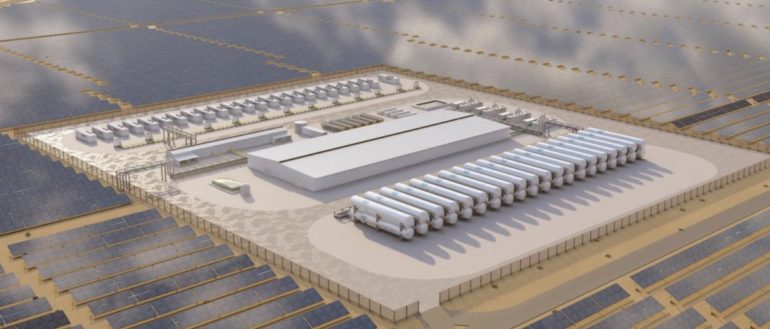Increased manufacturing of hydrogen fuel is now a top focus for the Biden administration as it attempts to halt the fossil fuel pollution that is driving climate change. According to a draught National Clean Hydrogen Strategy and Roadmap unveiled yesterday, the Department of Energy plans to create 10 million metric tonnes of “clean” hydrogen by 2030.
Every year, around 10 million metric tonnes of hydrogen are generated in the United States, although the majority of this hydrogen is “grey” hydrogen created using unclean natural gas. The transition would be to combine that natural gas with contentious technologies that trap carbon dioxide emissions and produce additional hydrogen using renewable and nuclear energy sources.

